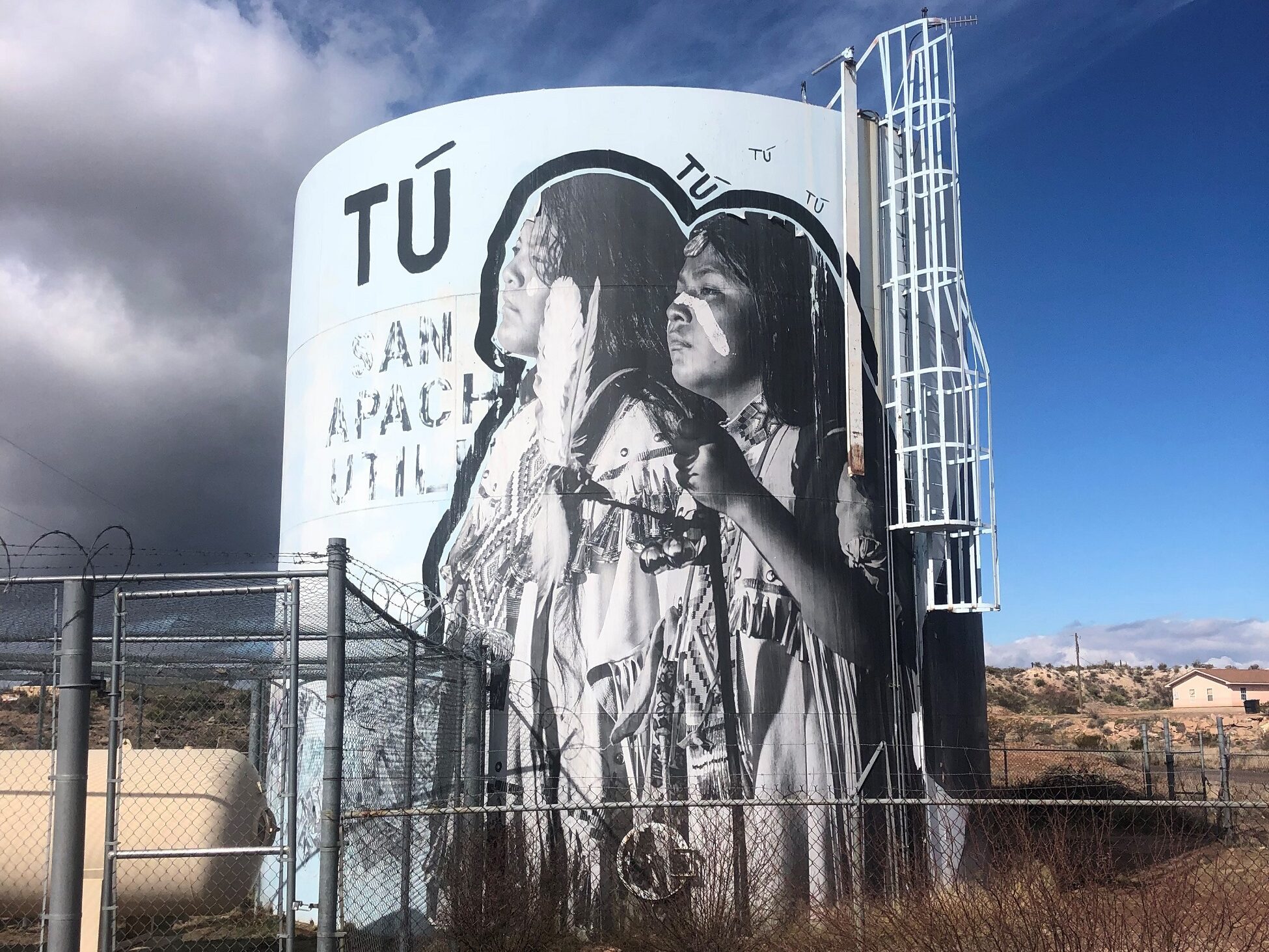Hello everyone,
My name is Lionel Puhuyesva, and I am a member of the Hopi Tribe located in Northeastern Arizona. I work with Moonshot Missions as a Senior Utility Advisor. Moonshot Missions is a non-profit dedicated to ensuring clean and healthy water and waterways in under-resourced communities. Our assistance varies based on the needs of the community, but often includes helping the utility with their technical, managerial, and financial challenges.
As technical assistance (TA) providers, we strive to open doors to various communities throughout the nation. Many of these communities share similar socio-economic and regional issues, which include both rural and native communities alike. While they may share similarities, they also differ in many aspects.
Currently, there are 574 federally recognized Tribes in the United States, with many more working to regain their federal recognition. Working with Tribal nations presents unique challenges and opportunities, and I hope to highlight some insights and strategies for engaging with them.

Photo credit: Moonshot Missions
5 Key Points in Working with Tribal Nations:
- Know the Tribe’s history. This is a basic step that is often overlooked. Tribal nations are not all the same. Many are governed by the way their Tribal lands were organized, whether through treaties, executive orders with constitutions, or dispersed through allotment era practices. Understanding these aspects is crucial to gaining formal access to their respective nations.
- Get introduced by someone they trust. This aspect is particularly important, especially in Tribal country. Cold calling often will not work; it’s akin to a spam email and will likely be ignored. Most interactions on Tribal lands operate through word of mouth or referrals. If you have a trusted contact who is willing to facilitate the introduction, you should utilize them. Otherwise, it will take time to earn their trust.
- Meet in person. While the COVID pandemic has made this challenging at times, one-on-one interaction is paramount to gaining trust. Additionally, meeting in person allows you to witness firsthand the unique challenges faced by Tribal nations. You cannot gain this experience virtually. Native people are hands-on people, and they need to see your commitment to visiting their lands, no matter how remote they may be. This demonstrates commitment, which needs to be expressed. On a side note, if one is going to take pictures or videos while visiting, please make sure to ask for permission. Many Tribal nations have restrictions when it comes to pictures and videos.
- Listen. Sometimes, as TA providers, we don’t spend enough time on this step, but it is crucial. It’s important to make people feel heard, to empathize, and to wait. Don’t rush in with solutions; instead, take the time to understand their priorities and timelines. Listening is key to building a successful working relationship.
- Follow through. We go in with the best of intentions, but it’s important to make it clear what we can and cannot promise. We cannot afford to make commitments we cannot uphold. If something is unfeasible, be honest about it. Building trust is essential, and honesty is the foundation of that trust.
In conclusion, I hope these tips will help you gain access to our Tribal nations and assist them in achieving their goals. If you need further assistance, please feel free to contact me at lionel@moonshotmissions.org.

